Table of Contents
Learning how to minimize distractions with ADHD isn’t just about willpower—it requires creating systems that work with your unique brain wiring. For those with ADHD, daily life often means experiencing the world in high definition with no volume control, where every stimulus competes equally for attention.
Life with ADHD transforms simple tasks into obstacle courses and turns productivity into a constant negotiation with your own brain. The good news? Those same ADHD traits that create challenges often come packaged with creativity, innovative thinking, and the ability to make unexpected connections.
Understanding How ADHD Affects Focus
ADHD isn’t simply about being distracted. At its core, it involves differences in how the brain regulates attention, impulse control, and executive function. These neurological differences create several focus-related challenges:
- Interest-based nervous systems make focusing on non-stimulating tasks difficult, even when they’re important
- Working memory limitations mean information can slip away before being processed completely
- Time perception differences often result in underestimating task duration
- ADHD sensory overload can turn minor environmental stimuli into major distractions
These aren’t character flaws or signs of laziness. They’re neurological differences that require specific strategies and accommodations.
Optimizing Your Environment for Focus
Your physical space directly impacts your ability to concentrate. Small environmental adjustments can significantly reduce external distractions and create conditions that support sustained attention.
Start by identifying your personal distraction triggers:
- Clear your workspace of visual clutter
- Use noise-canceling headphones or white noise machines for sound sensitivity
- Create dedicated zones for different activities
- Position your desk away from high-traffic areas
- Keep your phone in another room during focus periods
For those experiencing ADHD sensory overload, experiment with lighting options. Natural light is ideal, but if that’s not available, full-spectrum lighting can reduce eye strain and improve alertness. Avoid harsh fluorescent lighting that can trigger sensory sensitivity.
Task Management Techniques That Actually Work
Traditional productivity systems often fail for those with ADHD because they don’t account for how the ADHD brain processes information. These modified approaches can make a significant difference:
- Break tasks into tiny steps
- Use the “body doubling” technique (working alongside another person)
- Implement time blocking with buffer periods
- Try modified Pomodoro Technique (10-15 minute work periods)
- Create external accountability systems
- Prioritize using the “must, should, could” framework
These strategies are particularly valuable for managing ADHD in the workplace strategies where structured expectations and deadlines are common.
Digital Tools and Technology Approaches
Technology can be both a major source of distraction and a powerful ally in managing ADHD symptoms. The key is selecting tools that provide structure without adding complexity:
- Calendar apps with multiple notifications
- Visual task management tools (Todoist, Asana, Trello)
- Website blockers (Freedom, Cold Turkey, Forest)
- Text-to-speech and dictation software
- Timer apps to combat time blindness
- Note-taking apps with recording capabilities
When evaluating new tools, prioritize simplicity and visual interfaces that work with your brain’s natural tendencies.
Physical and Mental Health Foundations
ADHD management extends beyond productivity techniques. Your physical and mental wellbeing directly impacts your cognitive function and ability to focus:
- Regular physical exercise increases dopamine and norepinephrine
- Consistent sleep routines stabilize attention regulation
- Nutrition affects brain function (protein and complex carbs help)
- Mindfulness practices strengthen attention “muscles”
- Stress management prevents symptom exacerbation
Consider working with healthcare providers or an adult ADHD coach on a comprehensive treatment plan. For many, medication combined with behavioral strategies provides the most effective symptom management.
Building Support Systems
Managing ADHD isn’t something you should tackle alone. Creating support networks provides both practical assistance and emotional reinforcement:
- Inform trusted colleagues about specific support needs
- Create accountability partnerships with understanding individuals
- Work with an adult ADHD coach who specializes in practical strategies
- Join ADHD communities to share experiences and solutions
- Delegate challenging tasks when possible
In the workplace, having appropriate accommodations can transform your productivity. ADHD in the workplace strategies might include flexible scheduling, private workspaces, or using noise-canceling headphones during focused work.
Embracing Your Unique Brain Wiring
Perhaps the most important strategy is shifting how you view your ADHD brain. Rather than seeing it as broken or deficient, recognize it as differently wired with both challenges and strengths:
- Identify and leverage ADHD strengths (creativity, problem-solving, energy)
- Practice self-compassion when you struggle
- Celebrate progress rather than perfection
- Adjust expectations around consistency
- Remember that managing ADHD is an ongoing process
Life with ADHD means some days will flow smoothly while others feel challenging. What matters isn’t perfect focus but developing resilience and a toolbox of strategies to draw from when distractions inevitably arise.
Key Takeaways:
- ADHD requires environmental optimization to reduce sensory triggers that cause distraction.
- Task management systems must be modified to work with the ADHD brain’s unique processing style.
- Physical health foundations like sleep, nutrition, and exercise directly impact ADHD symptom management.

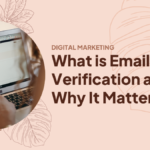

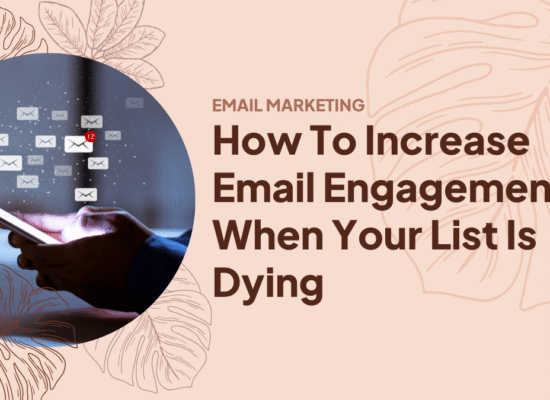
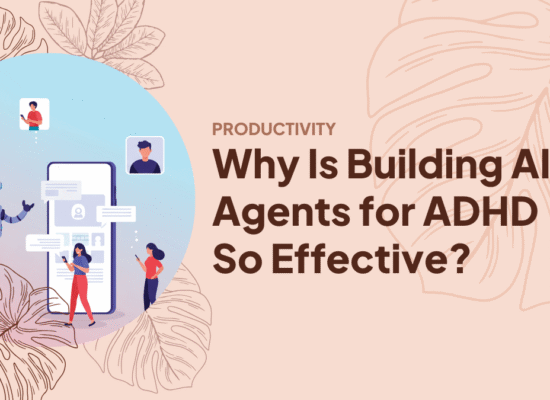
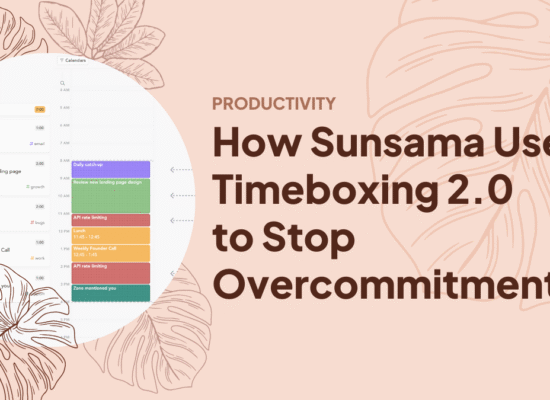
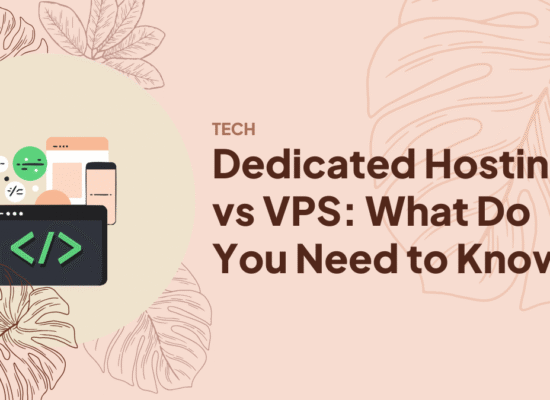
No Comment! Be the first one.